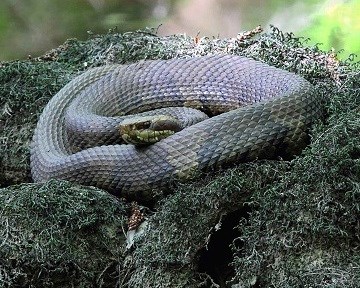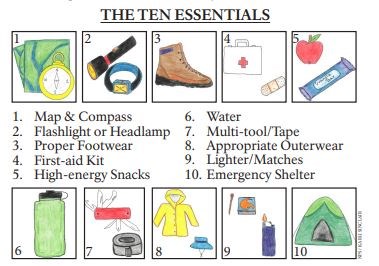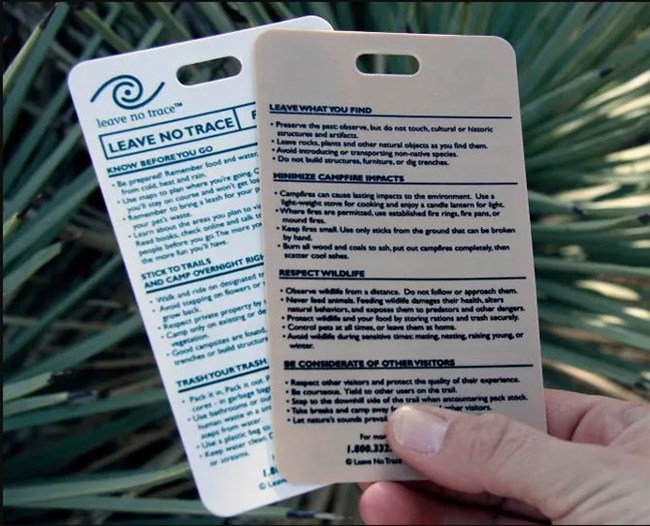|
Visit our keyboard shortcuts docs for details
"The Unprepared" is a short film made by Congaree National Park staff, with help from park volunteers and Eastern National staff. This short film includes messaging to educate visitors about Preventive Search and Rescue (PSAR). Inspired by campy B-horror films, “The Unprepared” was created to educate folks on how to come prepared to the wilderness while also being entertaining. Voice over for Audio Description by Amanda Hardin. Music by David Fesliyan at Fesliyanstudios.com 
NPS Photo/Keith Coffer Plan Like A Park RangerWhile hiking in the backcountry of Congaree National Park, your safety is in your hands! Adequate preparation, constant attention, and good judgement will help make your hike a safe and enjoyable experience. Always plan ahead and prepare.

NPS/K. Sinclair The Ten EssentialsThe Ten Essentials are a collection of first aid and emergency items that can help you in the event of minor injuries, sudden weather changes, or unexpected delays. The requested video is no longer available.
Things to KnowTreat All WaterIt is not recommended to drink from any water sources along park trails, including Cedar Creek. Drinking untreated water could lead to severe illness and other health problems. If there is no other alternative, water can be treated by one of the following methods:
Hypothermia Can Strike Anytime...Even During the Summer!Hypothermia is a condition that sets in when the body's core temperature drops below what is necessary for it to properly function, which is 95º Fahrenheit (35º Celsius), and can lead to impaired judgment and physical collapse. Hypothermia is normally thought of as a condition that occurs only during the winter, but it can happen in any season, including the summer. This dangerous condition is easily preventable. Before beginning your hike, check the forecast to see what weather you might see during your hike. Bring rain gear to prevent from getting wet and wear clothing that dries quickly. Avoid wearing cotton clothing, and instead wear wicking fabrics that helps keep moisture away from your body. Remember that prevention begins with proper preparation.Heat and HydrationSummer temperatures at Congaree generally reach the low to mid 90s. With the added factor of humidity, outside temperatures can feel like they are over 100. To avoid heat related illnesses such as heat exhaustion or heat stroke, wear light, breathable fabrics and carry plenty of water to avoid dehydration. It is recommended that during the summer months, visitors should carry at least 2 liters of water per person, per day.
NPS Leave No TraceEach of us plays a vital role in protecting our national parks. As we spend time outdoors, in the natural world and in wilderness, it’s important to be conscious of the effects our actions may have on plants, animals, other people, and even entire ecosystems. Following the Leave No Trace Seven Principles can help us minimize those impacts. They can be applied anywhere, at any time, while taking part in recreational activities.
|
Last updated: February 23, 2023
